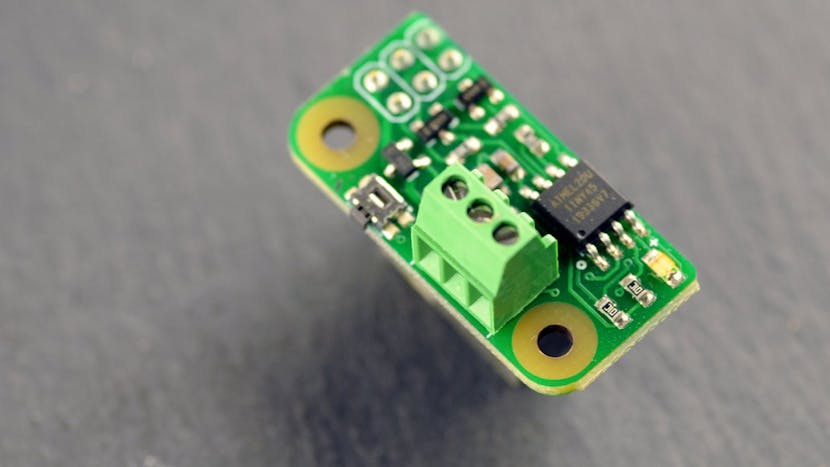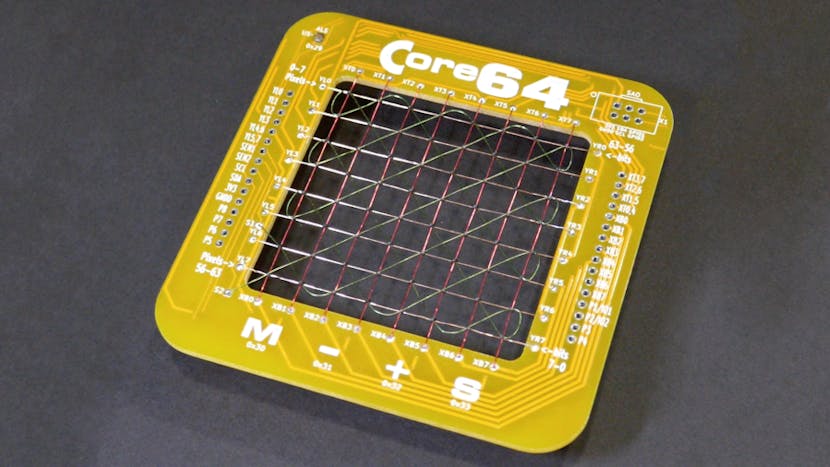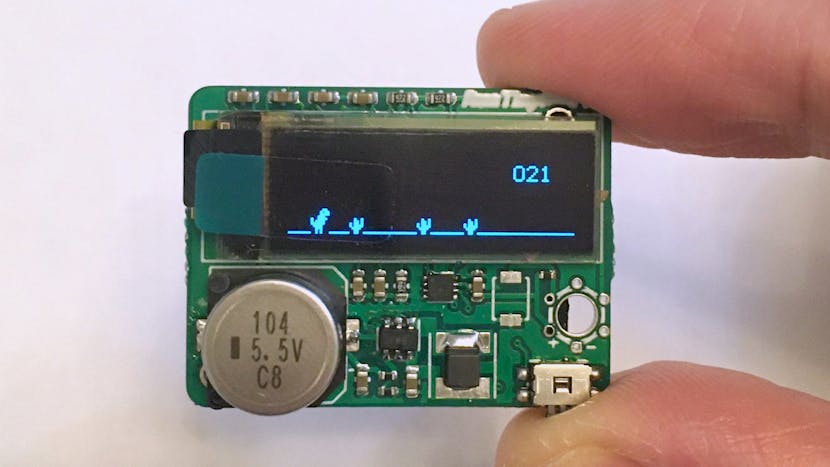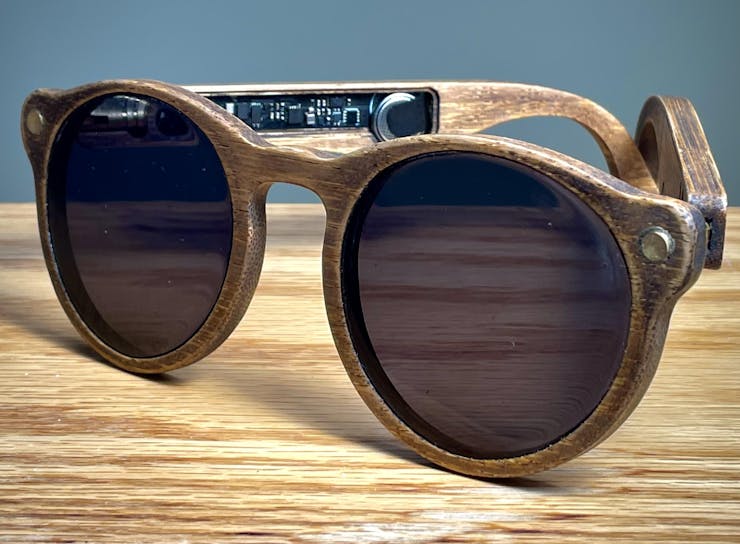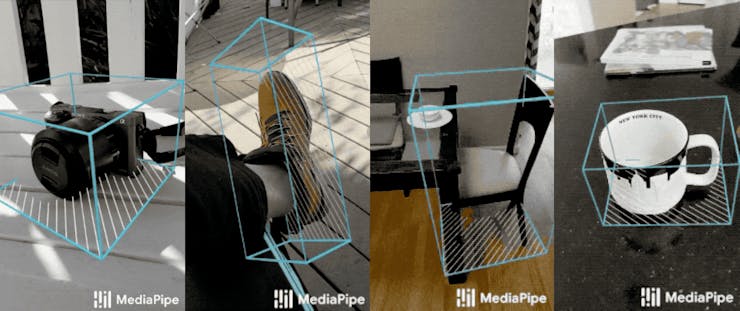3
A well-worth-the-buy Raspberry Pi peripheral device is now available on Tindie, Omzlo’s PiWatcher TB, a small board made to automatically shut down or reboot your Pi when needed. Useful in case of incident or just for power saving purposes, the board can even be programmed to shut an Pi down and automatically reboot it a set amount of time later, whether that means a few minutes or a few hours.
Simply put, the PiWatcher TB is a watchdog circuit for the Raspberry Pi. It is a variation on Omzlo’s classic PiWatcher also available on Tindie. It is designed to solve two problems with regard to power management on Pis: wasteful power usage due to incomplete shutdown following a shutdown or halt command and recovery from situations in which the Pi has become stuck in an unrecoverable state. For the first, the watchdog circuit can be configured to fully cut power following a shutdown command. For the second, it can be programmed to power cycle should it not read a heartbeat from the device after a set period of time.
